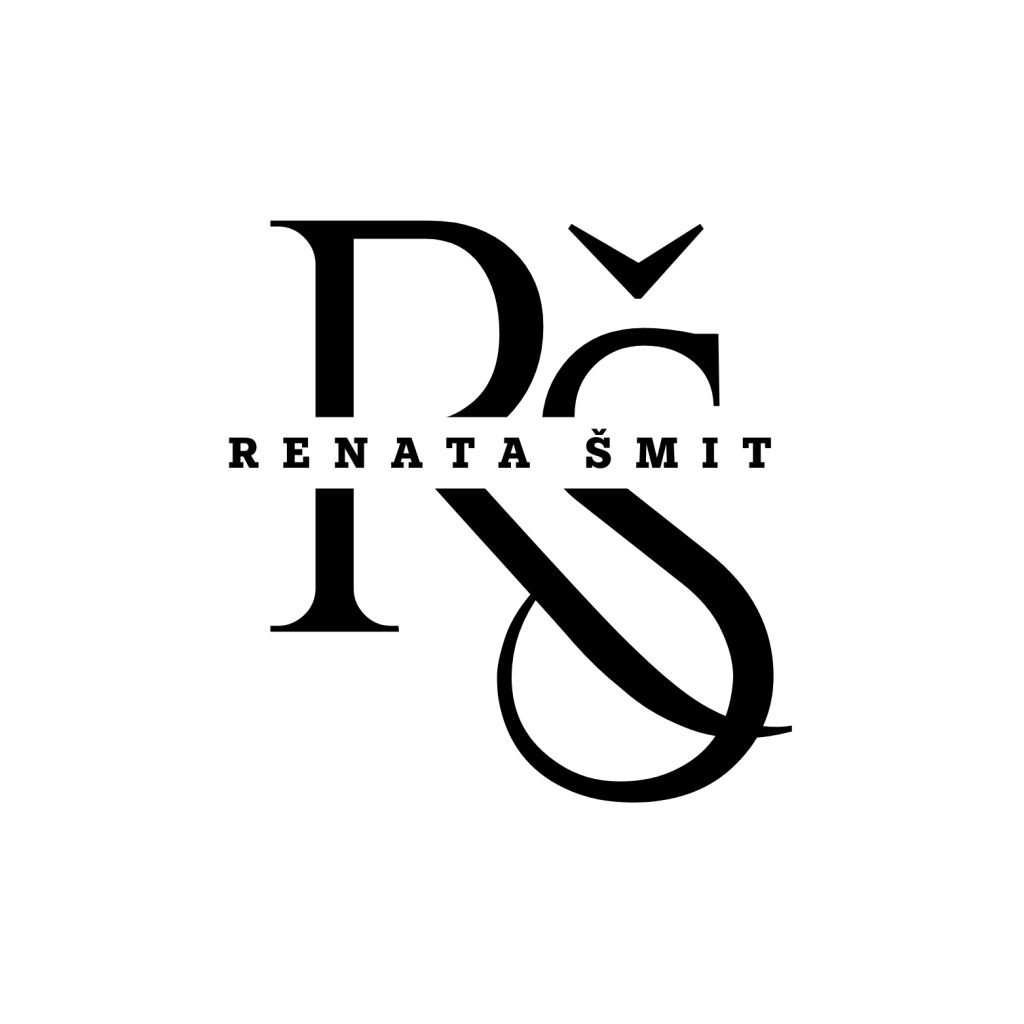How Transactional Analysis (TA) Enhances Coaching?
Transactional Analysis is an extremely useful tool in coaching, as it helps clients and coaches recognize behavior patterns, understand relationship dynamics, and identify potential obstacles to development. Here is how TA is used in the coaching process:
- Understanding Ego States (PAC Model)
TA helps clients identify from which ego state (Parent, Adult, Child) they function in different situations.
How is it used in coaching?
- Example 1: A client struggles with saying "no" at work. Through TA, the coach discovers that the client functions from the Adapted Child state, trying to please authority figures. The coach helps the client transition to the Adult ego state and find a way to set boundaries.
- Example 2: A client in conflict with a colleague often uses the Critical Parent, provoking a response from the Child in the colleague. The coach teaches the client how to use the Adult state for calmer and more rational communication.
- Result: Clients become aware of their patterns and learn how to choose responses that are constructive and aligned with their goals.
- Breaking Limiting Beliefs
TA helps clients identify unconscious scripts and limiting beliefs formed in childhood that hold them back in their current lives.
How is it used in coaching?
- Example: A client believes they "will never be good enough" and therefore avoids challenges. Through TA, the coach helps the client recognize this script, understand its origin, and develop a new, empowering belief.
- Result: Clients change their limiting beliefs, become more confident, and are ready to take initiative.
- Managing Transactions and Conflict
TA helps clients recognize communication patterns (transactions) that lead to conflict or misunderstandings.
How is it used in coaching?
- Example: A client often finds themselves in situations where colleagues do not understand their ideas. Through transaction analysis, the coach discovers that the client communicates from the Critical Parent, while colleagues respond from the Adapted Child. The coach teaches the client how to use the Adult ego state for clearer and more effective communication.
- Result: Clients develop conflict resolution skills and improve relationships, both at work and in private life.
- Working on Life Positions
TA introduces the concept of "life positions" (e.g., "I'm OK, you're OK"), which shape how a person sees themselves and others.
How is it used in coaching?
- Example: A client with a sense of inferiority ("I'm not OK, you're OK") often avoids making decisions. The coach helps the client develop a positive life position ("I'm OK, you're OK") through empowerment and setting small goals.
- Result: Clients become more confident in their decisions and develop a healthier relationship with themselves and others.
- Psychological Games and Breaking Patterns
TA helps clients recognize unconscious "psychological games" they play in relationships and how these impact their outcomes.
How is it used in coaching?
- Example: A client often says "Yes, but..." when given suggestions to solve a problem. The coach recognizes this game and asks, "What would be your first step, regardless of the obstacles you see?"
- Result: Clients become aware of patterns that sabotage them and learn how to change them.
- Contracts for Change
In TA, clearly defined agreements between the coach and client are key to success. The coach and client define specific goals, expectations, and measures of success at the beginning of the process.
How is it used in coaching?
- Example: A client sets a goal to improve communication skills at work. The contract includes specific steps (e.g., practicing active listening) and timeframes for achieving results.
- Result: Clients have a clear structure and a sense of responsibility, increasing their chances of success.
- Ego States (Parent, Adult, Child): Helps clients identify and change behavior patterns.
- Life Script: Enables clients to challenge and rewrite limiting narratives.
- Life Positions: Encourages self-acceptance and healthier relationships.
- Transactions: Improves communication and conflict resolution.
- Psychological Games: Identifies and breaks repetitive, unproductive patterns.
- Stroke Economy: Helps clients recognize and seek positive reinforcement.
- One-on-One Coaching
- Enhances self-awareness and emotional intelligence.
- Helps clients identify and overcome internal barriers.
- Example: A client struggling with self-doubt uses TA to recognize and address their life script, fostering confidence.
- In Organizations
- Promotes effective leadership and communication.
- Resolves team conflicts and aligns goals with organizational values.
- Example: TA identifies and resolves a communication breakdown between departments, improving collaboration.
- In Teams
- Builds trust and psychological safety within teams.
- Improves team dynamics by addressing unspoken conflicts.
- Example: A team stuck in "blame games" uses TA to shift to constructive feedback and problem-solving.
- Tailoring to Individual Needs: TA allows the coach to understand specific behavior patterns and adjust the approach to each client.
- Emotional Intelligence: Clients develop deeper awareness of their emotions and reactions, improving relationships and decision-making.
- Long-Term Results: TA not only solves current problems but also helps clients change deeper patterns that limit them.
As a coach, using TA tools can be a powerful way to empower your clients, enable them to recognize their potential, and achieve their goals, whether in personal development, team dynamics, or organizational changes.

